Whether you're renting or own your home, a poky, north-facing room can become your nemesis, feeling cold, dull and dingy even on the brightest of summer days.
And what if you don't want to follow everyone's advice of choosing cream-only furniture and covering the walls in reflective mirrors in a bid to fake a better level of brightness?
You'll be happy to know that with a few clever lighting tricks, a dark room doesn't have to be such a deal breaker. Here are eight tips that can help transform your cave into a light, bright space – no magnolia paint necessary...
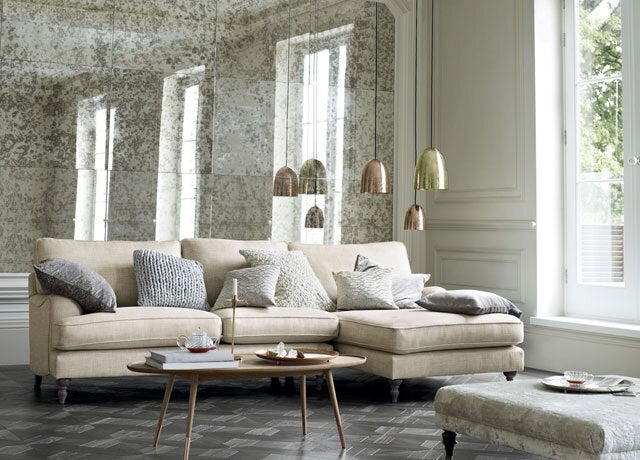
1. Mix up pendant lengths
Great for bringing light to kitchens, bedrooms and living rooms, pendants are on trend for A/W 14 too. Make them work in a north-facing room by varying styles and, more importantly, lengths to give a broader and more layered lighting effect. You can also team a long and short pendant together next to a feature mirror or piece of furniture, or in a particularly dark corner of a room, as accent lighting to lift it to statement level.
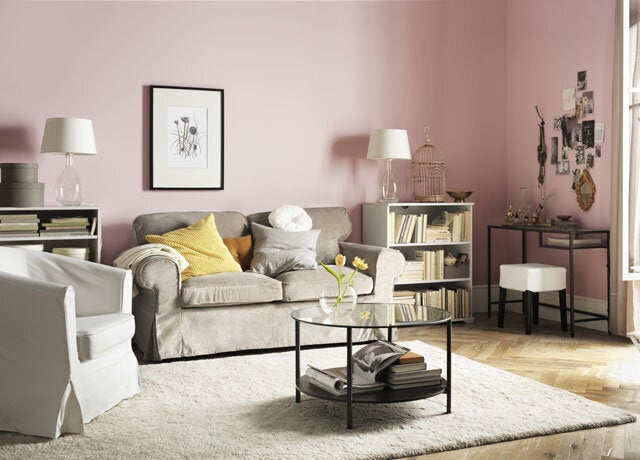
2. Double up on your sofa
A single light in the centre of your ceiling won't do much to brighten an entire room, which is why it makes sense to think of lighting and certain pieces of furniture as going hand in hand with each other. Interior designers will often recommend putting two lights, whether floor lights or table lamps, at either end of your sofa to create a full glow without causing glare from the all-important TV. Installing floor plugs are a great way to allow flexibility with your lighting scheme, say if your sofa is at the other side of your room to the nearest electrical socket – or you could always run the lead across the room (making sure it's taped down so you don't trip over it) and then you've got an excuse to buy a new rug to cover it!
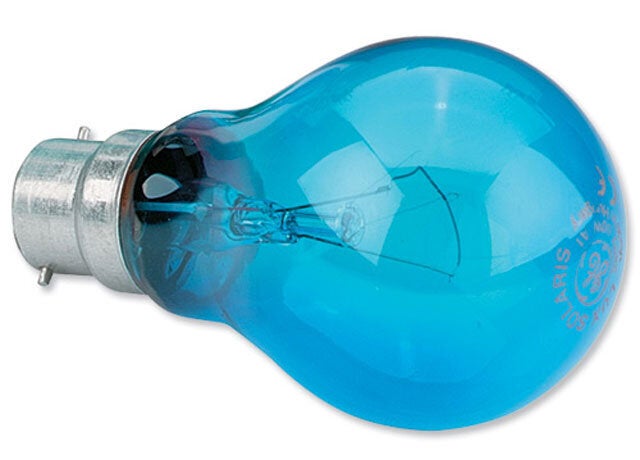
3. Fake it
Short of taking a sledgehammer to the walls or ceiling, bringing daylight to a windowless room is pretty much a no-go, but you can buy yourself some faux sunlight in the form of daylight bulbs. They're designed to provide a similar level of brightness to natural daylight and vary according to two characteristics – colour temperaure and Colour Rendering Index. The level of intensity you choose to go for is entirely up to you, but experts tend to advise a colour temp of around 6500K and a CRI of just over 80% to bring a natural level of daylight into the average dull room.

4. Ambient + task = winning combo
Variety is key when it comes to successfully lighting any room in your house. Aiming for a mix of ambient (soft lighting that illuminates large spaces) and task (bright, focused light fixed on one position) is the best way to fully brighten a north-facing room without the light feeling flat or fake. And the rule goes for any room; in the kitchen, you'll want task lighting for busy work surfaces but ambient lighting for eating or chatting after hours. If you have a desk in your bedroom or living room, that will call for task lighting, but ambient is best to help you unwind in front of the TV or in bed.
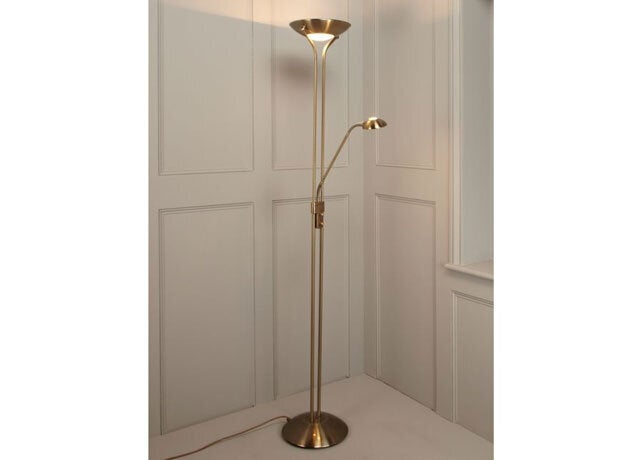
5. Uplighters give bounce
Painting the walls white will make a room look brighter, sure, but it's a pretty boring colour scheme. However, why not make the most of your white ceiling (everyone's got white ceilings right?) and use uplighters to bounce light towards the ceiling and reflect it straight back into the room. There's a brilliant choice of freestanding or wall uplighter styles, which all can create a feeling of airiness without having to forego statement walls, which often actually compliment the richness of a darker room.
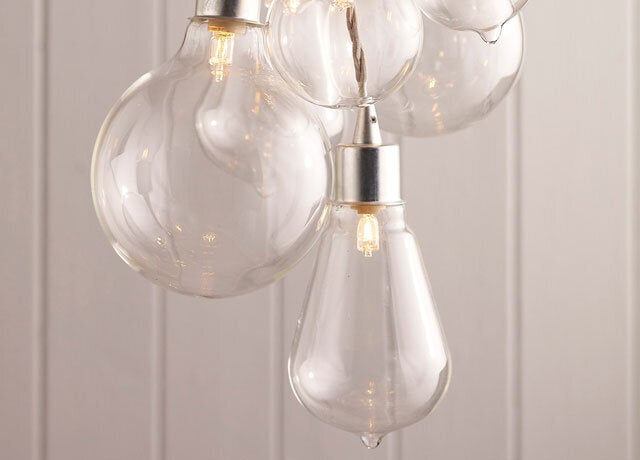
6. Clear the way
It's obvious when you think about it, but so few people do – the clearer and simpler your shades, the more light will escape to brighten your room. Although metal pendant styles, colourful sculpture designs and matte shades look good, they trap some of the light that you so desperately want to shine, so choose clear glass, large shades or go urban and show off the bulbs themselves.
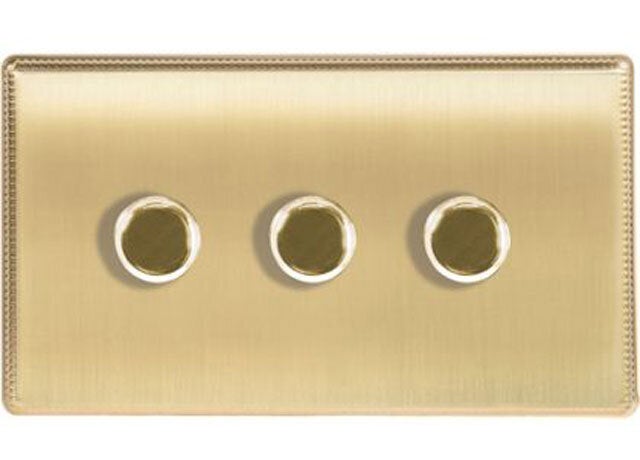
7. Do dimmer
I spent years thinking that dimmer switches should be used as a way to reduce light, when you wanted to create a dark atmosphere in rooms that were naturally bright, but they're actually a great way to achieve the exact opposite - ramping it up in a dull room. The key is to use your dimmer at a medium setting most of the time, so that you become used to that as the default level of light, and then when winter kicks in or you need more brightness, wack it up to full volume.
For maximum impact, set up a couple of your room lights to the same dimmer switch. We like this gold Laura Ashley style.
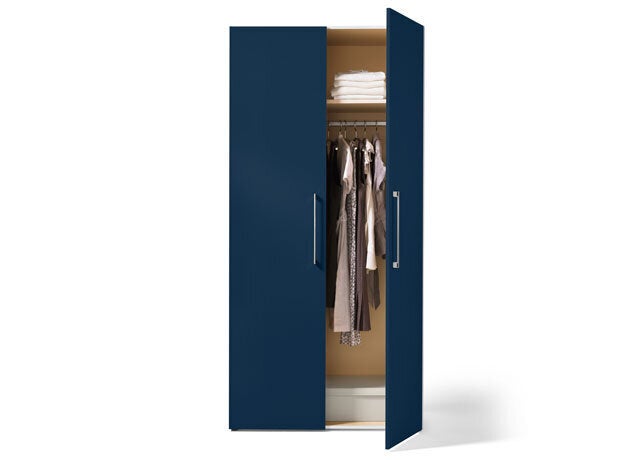
8. Behind closed doors...
A problem with north-facing rooms is that there's little natural light to flood wardrobes, cupboards or drawers once opened. What's the point of a wardrobe full of clothes if you can't distinguish one item from the next? LED lighting strips attached to the inside roof of the storage space or track lighting near the opened doors will help you see your stored items but also temporarily add light to the room overall.
Updating your home? Catch up on all the decor inspiration you'll need.